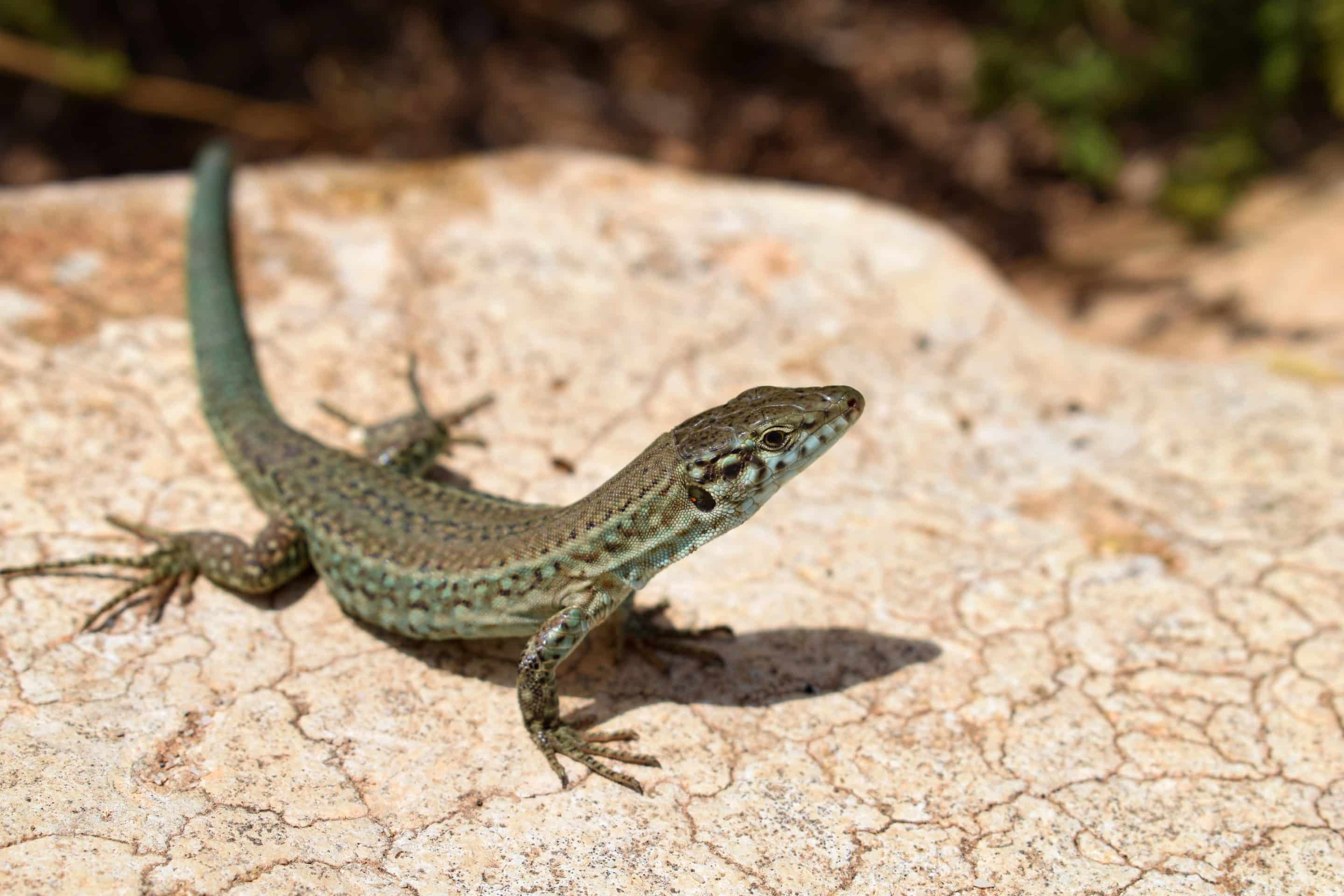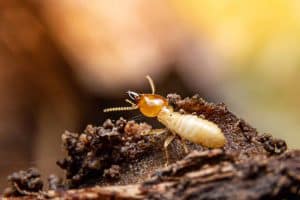A pest-free home is vital for maintaining hygiene and comfort. Yet, countless homeowners find themselves battling unwelcome visitors in the form of insects and rodents. Understanding and identifying pest droppings is crucial for early detection and prevention of infestations. In regions like Arizona, where warm climates invite a variety of pests, distinguishing these traces becomes even more significant. Let’s dive into how to spot and identify pest droppings and, more importantly, how to prevent these nuisances from invading your living space.
Why Identifying Pest Droppings Matters
Pest droppings are one of the first signs of an unwanted infestation. These droppings can often be found in hidden or less frequently visited areas of your home, such as basements, kitchens, and garages. By recognizing and understanding these indicators, homeowners can take swift action to prevent small problems from becoming severe infestations.
Pest Droppings: What to Look For
Rodent Droppings
Rodent droppings are typically small, dark, and pellet-shaped. They might appear moist when fresh and dry out over time. Most commonly found in dimly lit or hidden areas like basements, these droppings indicate the possible presence of mice or rats.
Cricket Droppings
Cricket droppings are small, dark, cylindrical pellets. Typically found in dark, moist areas such as basements, garages, or storage closets, these droppings indicate the presence of crickets seeking shelter within the home. While many crickets prefer dark environments, some species, such as house crickets, are attracted to bright lights, so their droppings may be found near light fixtures or windows.
Cockroach Droppings
Cockroach droppings vary significantly from those of rodents, usually appearing as small, dark specks or smears. Often found in kitchens and bathrooms, their presence is a clear signal to investigate further, given cockroaches’ potential to spread bacteria.
Lizard Droppings
Lizard droppings are distinctive; they have a small, white or yellowish tip. You might find them on windowsills or in sunlit areas where lizards tend to bask. In Arizona, it's not uncommon to spot these droppings given the state’s warm climate, which is conducive to lizard habitation.
Comparison Table
| Pest | Dropping Characteristics | Common Locations |
| Rodents | Small, pellet-shaped, dark | Basements, behind walls |
| Crickets | Small, dark, pellet-shaped | Basements, garages, near hiding spots |
| Cockroaches | Small dark specks or smears or ridged pellets (larger roaches) | Kitchens, bathrooms, near food sources |
| Lizards | Small, dark with white tips | Windowsills, patios, warm sunlit areas |
Prevention and Control
Preventing pest or rodent infestations begins with cleanliness and vigilance. Here are a few tips:
Seal Entry Points: Ensure that doors, windows, and vents are well-sealed to prevent entry.
Maintain Cleanliness: Regularly clean your kitchen and store food in sealed containers to deter pests.
Eliminate Moisture: Fix leaks and eliminate standing water, as many pests, like cockroaches and rodents, thrive in moist environments.
If you notice extensive droppings or signs of damage, it might be time to call a professional pest control service like Urban Desert Pest Control in Arizona.
Stay Ahead of Pest Infestations
Identifying pest droppings is a critical step toward effective pest management. Recognizing these signs early can save homeowners from more significant issues down the line. By following the prevention tips outlined above, you can maintain a pest-free environment that ensures the health and safety of your family.
Common Questions
How do you clean pest droppings safely?
Always use gloves and a mask when handling pest droppings. Clean with disinfectants and properly dispose of waste materials in a sealed bag. For more information, check out this article from the CDC on cleaning up after rodents.
Can you identify pests solely by their droppings?
Pest droppings are often the first noticeable indication of an infestation and can offer valuable clues, but droppings alone may not always lead to a definitive identification. For the most accurate identification, consider droppings alongside other evidence such as visible damage, nesting sites, or specific pest behaviors.
What is the easiest way to tell rodent droppings apart from insect droppings?
Rodent droppings tend to be larger, pellet-shaped, and solid, while insect droppings like cockroach or cricket droppings are smaller, often appearing as tiny specks or smears. Lizards produce droppings with distinct white tips. Size, shape, and distinctive features are key indicators for quickly identifying the pest you're dealing with.
By keeping informed and vigilant, homeowners can maintain a pest-free environment, even in pest-friendly climates like Arizona. Recognizing the unique characteristics of pest droppings and implementing preventive measures will provide the peace of mind that comes with a healthy, pest-free home.












